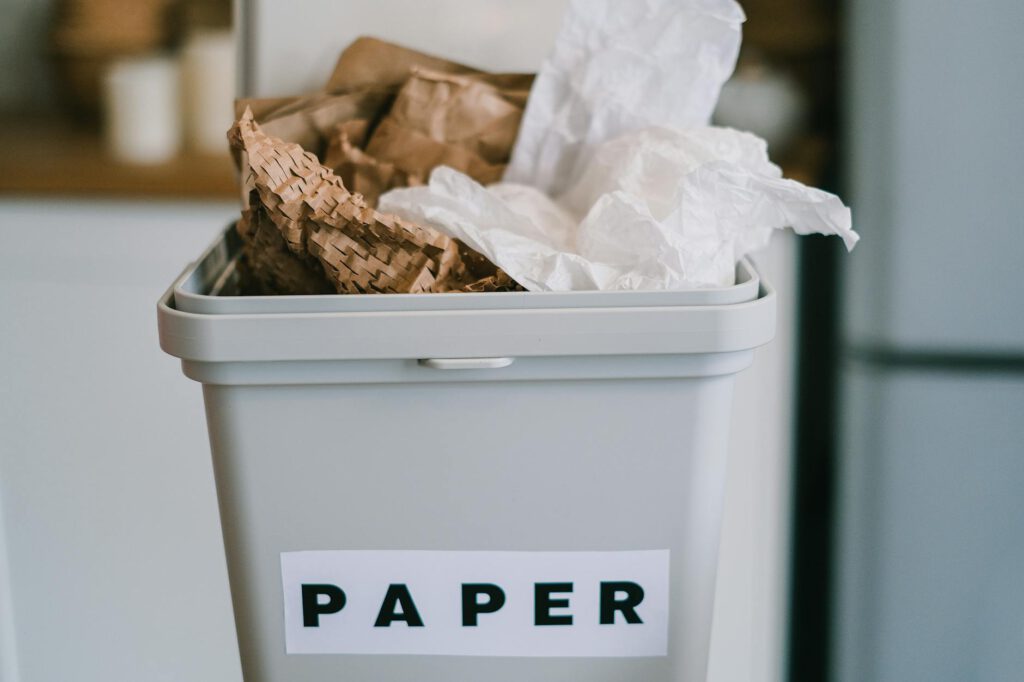Introduction
Global supply chain disruptions have made sourcing packaging materials a significant challenge for businesses. Whether you’re a small e-commerce brand or a large manufacturer, securing reliable packaging supplies is critical to maintaining operations and meeting customer expectations. Shortages in raw materials, shipping delays, and rising costs have forced companies to rethink their procurement strategies.
This guide explores actionable strategies to navigate packaging material shortages, ensuring your business stays resilient. From diversifying suppliers to adopting sustainable alternatives, we’ll cover practical solutions to keep your supply chain moving.
The Impact of Global Shortages on Packaging Supply Chains
The pandemic, geopolitical tensions, and logistical bottlenecks have disrupted the availability of key packaging materials like corrugated cardboard, plastics, and adhesives. Factors contributing to these shortages include:
- Raw Material Scarcity: Reduced production of paper pulp, resins, and metals.
- Shipping Delays: Port congestion and container shortages.
- Labor Shortages: Reduced workforce in manufacturing and logistics.
- Increased Demand: E-commerce growth has spiked the need for shipping materials.
Businesses that fail to adapt risk stockouts, delayed shipments, and lost revenue. Proactive sourcing strategies are no longer optional—they’re essential.
Subtopic 1: Diversify Your Supplier Network
Relying on a single supplier is risky during shortages. Diversification mitigates disruptions by providing alternative sources.
How to Diversify Effectively
- Local and Regional Suppliers
- Reduce dependency on overseas vendors by partnering with local manufacturers.
-
Example: A U.S.-based bakery switched to a domestic glass jar supplier to avoid international shipping delays.
-
Multi-Sourcing
- Split orders among multiple suppliers to ensure consistent supply.
-
Tip: Use platforms like Alibaba, ThomasNet, or Packaging Digest to find verified vendors.
-
Alternative Materials
- Explore substitutes like molded pulp instead of plastic or recycled cardboard instead of virgin materials.
Subtopic 2: Strengthen Supplier Relationships
Strong relationships with suppliers can secure priority access during shortages.
Steps to Build Reliable Partnerships
- Communicate Transparently
-
Share forecasts and demand projections to help suppliers plan.
-
Negotiate Long-Term Contracts
-
Lock in pricing and supply stability with extended agreements.
-
Offer Incentives
- Early payments or bulk commitments can incentivize suppliers to prioritize your orders.
Subtopic 3: Optimize Inventory Management
Efficient inventory practices prevent shortages from crippling operations.
Strategies for Better Inventory Control
- Safety Stock
-
Maintain extra inventory of critical materials (e.g., 20-30% above typical demand).
-
Demand Forecasting
-
Use tools like QuickBooks Commerce or Oracle NetSuite to predict needs accurately.
-
Just-in-Case (JIC) vs. Just-in-Time (JIT)
- Shift from JIT to JIC models to buffer against delays.
Subtopic 4: Explore Sustainable and Alternative Materials
Sustainability isn’t just eco-friendly—it’s a practical solution to material shortages.
Eco-Friendly Packaging Options
- Recycled Materials: Post-consumer waste (PCW) paper or biodegradable plastics.
- Plant-Based Packaging: Mushroom, seaweed, or cornstarch-based alternatives.
- Minimalist Designs: Reduce material use without compromising protection.
Example: Dell replaced foam inserts with bamboo cushions, cutting costs and environmental impact.
Tools and Resources for Sourcing Packaging
Leverage these tools to streamline procurement:
- Supplier Directories: ThomasNet, Kompass, or Europages.
- Marketplaces: Alibaba, Amazon Business, or Packwire.
- Sustainability Certifications: FSC (Forest Stewardship Council) or ASTM D6400 (compostable plastics).
FAQs
Q: How can I reduce packaging costs during shortages?
A: Negotiate bulk discounts, switch to lighter materials, or redesign packaging for efficiency.
Q: What’s the lead time for packaging orders now?
A: Varies by material—expect 8-12 weeks for custom orders; stock items may ship faster.
Q: Are there government programs to help with supply issues?
A: Some regions offer grants or tax incentives for local sourcing or sustainable practices.
Conclusion
Global packaging shortages demand agility and creativity. By diversifying suppliers, strengthening relationships, optimizing inventory, and exploring sustainable alternatives, businesses can navigate these challenges effectively. Proactive planning and adaptability will not only mitigate risks but also position your company for long-term success in an unpredictable market.
Start implementing these strategies today to ensure your packaging supply chain remains robust—no matter what disruptions lie ahead.

